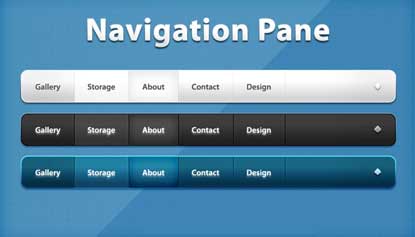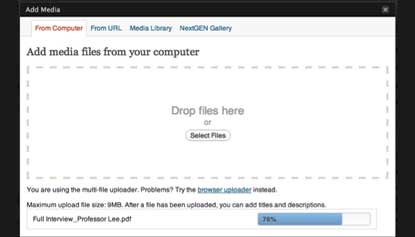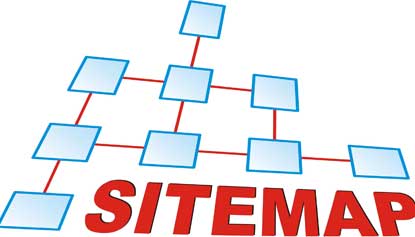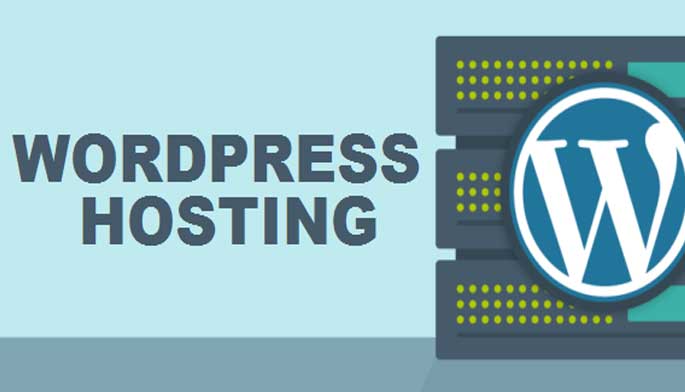WordPress is an open-source platform that gives you unlimited resources and allows you to build and maintain your own website. It has a large community that can help you customize the software and create custom plugins. Developers will love WordPress for its flexibility and extensibility. WordPress is also very easy to customize and create custom plugins. Beginners can build their own WordPress website using a tutorial that is easy to understand and follow.
Setting up a navigation menu

The WordPress menu manager is easy to use, and it’s constantly updated and improved. It’s important to update your menu frequently to reflect new content. When creating a navigation menu for your website, it’s important to remember that the first and last items on the menu will be the pages that visitors will focus on the most. That said, the menus you create should be easy to navigate and make it easy for visitors to get to your most important pages.
Adding content
Once you have your reseller hosting Australia account set up, you can begin adding content to your website. In order to do this, you can create a new post or page. In the admin area of your website, click Add New to create a new post. You can also create a blog post with an extra feature. You will need to add content to each post in order to publish them. In addition, you can create categories and add pages for each category.
Adding plugins
You can add plugins to your WordPress website by visiting the Plugins – Add New screen and searching for one that matches your theme’s look and feel. Once you have found the plugin you want to install, you can activate or deactivate it, or remove it altogether. Adding new plugins is easy, and there are several different ways to do this. Read on to learn how to add plugins to WordPress.
Adding media files

If you want to add media files to your WordPress website, you’ll probably need to upload them via FTP. There are several ways to do this, and the first method is to use a file-sharing software like FileZilla. This software makes it easy to upload and download media files, as well as add them to the Media Library. You may notice that your images are smaller than you’d like, and this will cause the image quality to suffer. To avoid this problem, you’ll need to contact your web host to request an increase in the upload limit.
Adding a blog
If you have a WordPress-based website, you can easily add a blog to it. Just follow the steps in this article to set up your blog. WordPress offers several different themes that you can choose from, including one for your non-WordPress website. Themes are easy to customize, so you can modify your blog without writing a single line of code. The next step in setting up a blog on WordPress is to integrate it into your existing website. You can do this by adding the new blog link to your existing site’s menu.
Adding a sitemap

One of the most effective ways to improve the ranking of your website in search engines is to add a sitemap to your WordPress hosting account. You can do this by using a plugin or by going to Google Search Console. Once your sitemap is published, it will be visible to visitors when they visit your website. It can also be downloaded by various search engine tools and plugins. Read on to learn how to add a sitemap to your WordPress hosting account.
Changing your time zone in WordPress
Changing your time zone is a simple procedure in WordPress hosting. Once you have set your timezone, you can then update it to match your phone or computer. To do this, go to Settings > General and then click the Time Zone option. You can also adjust the date and time format. The Date and Time Format options appear in the Composing section. Click on the corresponding option to see how it will appear on your site.

